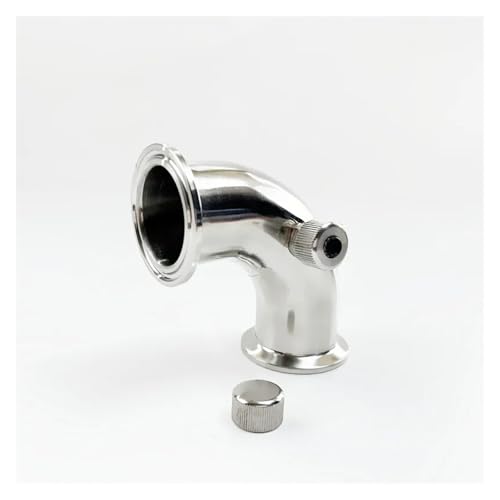I would leave a beer after it has got a stable gravity for a further 2-3 days at 20-21c this allows the yeast to metabolise some of the unwab-nted by products of fermentation. Then I would drop it into a secondry and leave it somewhere cool for a week or until the beer is clear.
You then want on bottling day decide how much sugar you are goiing to prime with. I would say about 4-5g per litre. Measure this out as per your volume of beer ie 23l brew at 5g/l is 115g. Disolve this in a little boiling water and place in the clean sterilised fv. Now syphon the beer onto this making sure you don't let is splash. Give it a good stir and you are ready to bottle. Once bottled place somewhere warm 21c for a week and then somewher cool for about a month.
:thumb:




 I will be sure to get a bottling wand cheers for that mate :thumb: what is the reccomend time to sit in a secondary FV and a good primer for stout ?
I will be sure to get a bottling wand cheers for that mate :thumb: what is the reccomend time to sit in a secondary FV and a good primer for stout ?























![BREWING THERMOMETER STICKERS ACCURATELY MONITOR FERMENTING BEER & WINE LIQUID TEMPERATURES 5PCS HOME BREW SPIRITS WINE LCD ADHESIVE [US]](https://m.media-amazon.com/images/I/311DDjo2X3L._SL500_.jpg)











